Japanese shoji folding screen
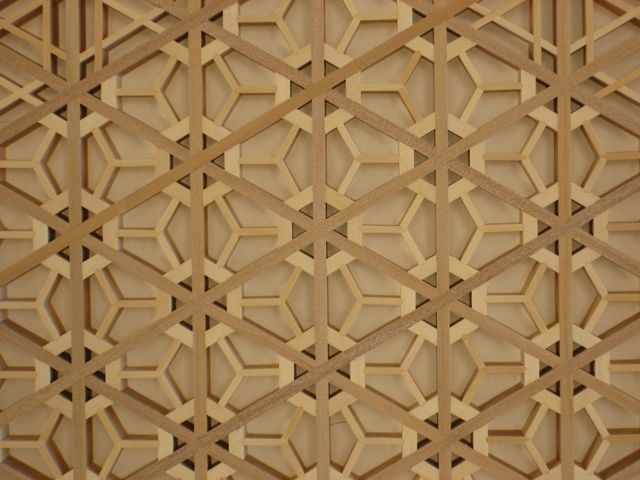
Sakura pattern.
This was a folding screen I made for the 2010 Studio Furniture Competition in Australia. It contains four different kinds of kumiko pattern: asa-no-ha (hemp leaf), sakura (cherry blossom), goma-gara (sesame), and square asa-no-ha. The overall pattern combination is designed to represent the symmetrical beauty of Mt Fuji. The screen consists of more than 2,000 individual kumiko pieces, the smallest less than 5 mm long and the thinnest 1.1 mm. The screen was awarded the Gallery Acquisition Prize.
The timber used is Kauri and Huon pine. The main frame has a light satin finish. The kumiko work has no finish applied.
kskdesign.com.au
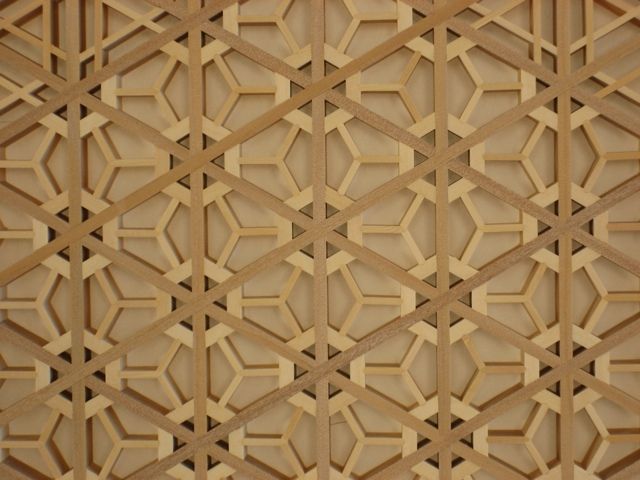
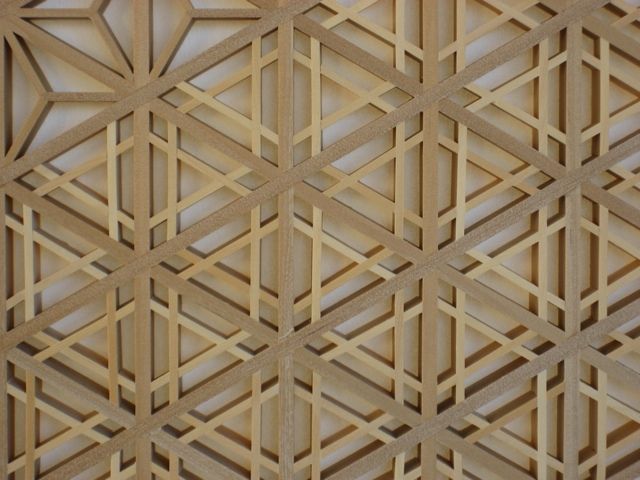
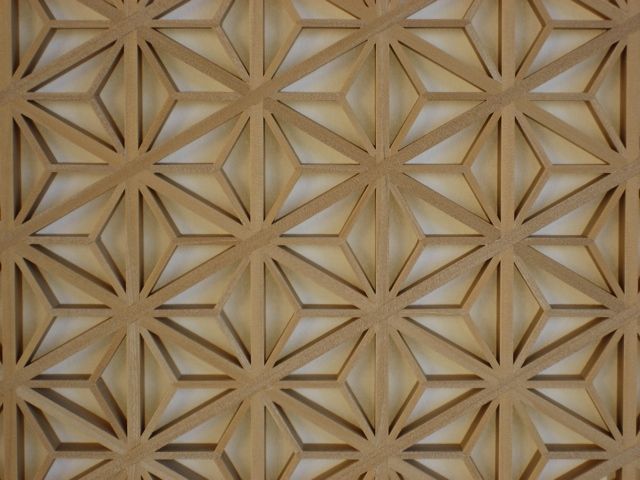
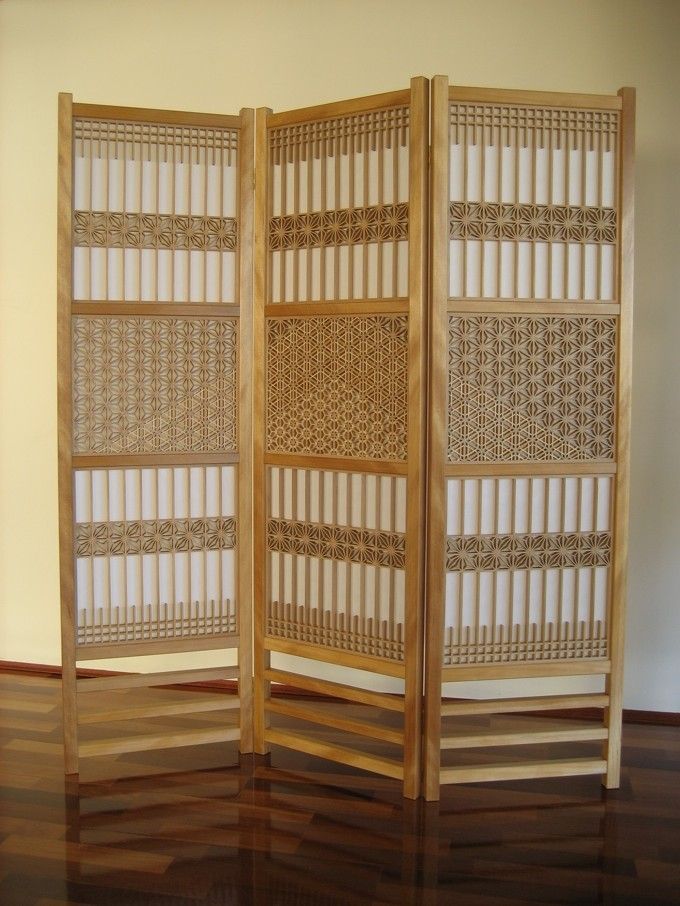
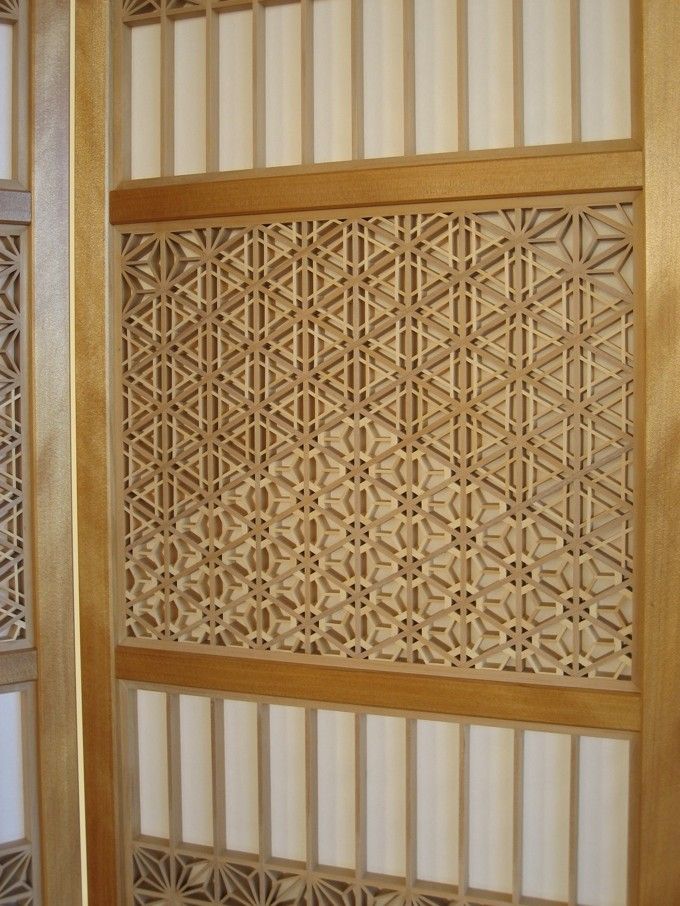



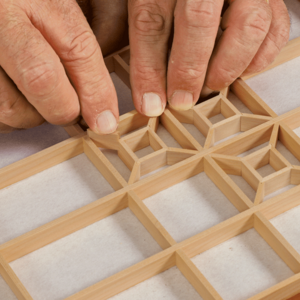
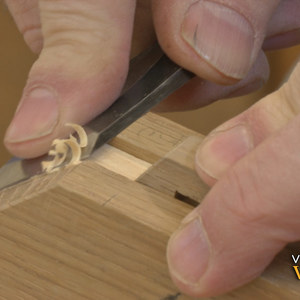












Comments
Wow! What great work. Have you apprenticed with a someone? I lived in Japan for two years and I do not think that I ever saw this quality while there.
Thanks mokusakusensei.
I spent one year at Shokugei Gakuin (International College of Craft and Art) in Toyama completing a postgraduate course in construction and architecture in early 2009. I focused on tategu, and eventually broadened this to include the detailed kumiko art and craft work (kumiko-zaiku).
Every year the Japan Tategu Association holds a competition for shoji and kumiko work, and the pieces entered in this are absolutely breathtaking. My work is really still only at the baby stages compared to the main entries in the competition. I'll be heading up to Akita Prefecture next month to have a look at the competition display, and I'm sure I'll get plenty of real inspiration.
Thanks again for your kind words.
Log in or create an account to post a comment.
Sign up Log in